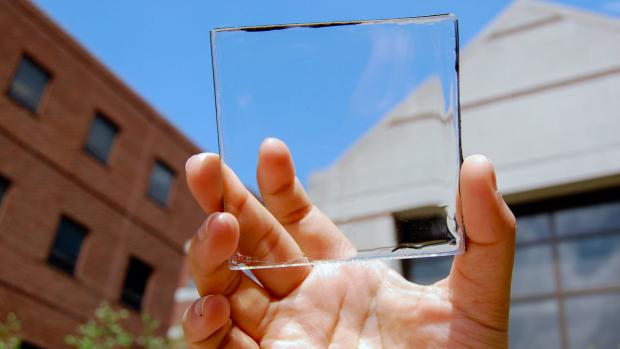
Breaking News
 Quantum walkie-talkie: China tests world's first GPS-free radio for border zones
Quantum walkie-talkie: China tests world's first GPS-free radio for border zones
 RIGHT NOW!: Why was lawyer Van Kessel, of the civil case on the merits in the Netherlands, arrested?
RIGHT NOW!: Why was lawyer Van Kessel, of the civil case on the merits in the Netherlands, arrested?
 PENSION FUNDS PANIC BUYING SILVER – Ratio Below 60 Triggers $50B Wave (Danger Next Week)
PENSION FUNDS PANIC BUYING SILVER – Ratio Below 60 Triggers $50B Wave (Danger Next Week)
 Dollar set for worst year since 2017, yen still in focus
Dollar set for worst year since 2017, yen still in focus
Top Tech News
 EngineAI T800: Born to Disrupt! #EngineAI #robotics #newtechnology #newproduct
EngineAI T800: Born to Disrupt! #EngineAI #robotics #newtechnology #newproduct
 This Silicon Anode Breakthrough Could Mark A Turning Point For EV Batteries [Update]
This Silicon Anode Breakthrough Could Mark A Turning Point For EV Batteries [Update]
 Travel gadget promises to dry and iron your clothes – totally hands-free
Travel gadget promises to dry and iron your clothes – totally hands-free
 Perfect Aircrete, Kitchen Ingredients.
Perfect Aircrete, Kitchen Ingredients.
 Futuristic pixel-raising display lets you feel what's onscreen
Futuristic pixel-raising display lets you feel what's onscreen
 Cutting-Edge Facility Generates Pure Water and Hydrogen Fuel from Seawater for Mere Pennies
Cutting-Edge Facility Generates Pure Water and Hydrogen Fuel from Seawater for Mere Pennies
 This tiny dev board is packed with features for ambitious makers
This tiny dev board is packed with features for ambitious makers
 Scientists Discover Gel to Regrow Tooth Enamel
Scientists Discover Gel to Regrow Tooth Enamel
 Vitamin C and Dandelion Root Killing Cancer Cells -- as Former CDC Director Calls for COVID-19...
Vitamin C and Dandelion Root Killing Cancer Cells -- as Former CDC Director Calls for COVID-19...
 Galactic Brain: US firm plans space-based data centers, power grid to challenge China
Galactic Brain: US firm plans space-based data centers, power grid to challenge China
How Transparent Solar Panels And 'Quantum Dots' Could Make Skyscrapers Power Themselves

A team from the University of Michigan contributed massively to this research, which was supported by the U.S. Dep. of Energy, by recently breaking the established scientific record for conversion efficiency (8.1%) and transparency (43%) in their carbon-based solar cells inserted into window glass, turning it to a slightly greyish-green tint like sunglasses or car windows.
"The new material we developed, and the structure of the device we built, had to balance multiple trade-offs to provide good sunlight absorption, high voltage, high current, low resistance and color-neutral transparency all at the same time," said Yongxi Li, an assistant research scientist in electrical engineering and computer science who participated in the record breaking.
In addition, the researchers developed optical coatings which when applied to the glass, as is often the case with treated windows on skyscrapers, boost both power generated from infrared light and transparency in the human-visible range—two qualities that are usually in competition with one another.
Both versions of their cells can be manufactured at large scale, using materials that are less toxic than other transparent solar cells, and they can be placed in between the panes of double-glazed windows.
The transparent organic solar cells can also be customized for local latitudes, taking advantage of the fact that they are most efficient when the sun's rays are hitting them at a perpendicular angle.
While they haven't yet brought any of their remarkable technology to market, another company looking to turn skyscraper windows into electricity-rich solar panels is already making profits.



